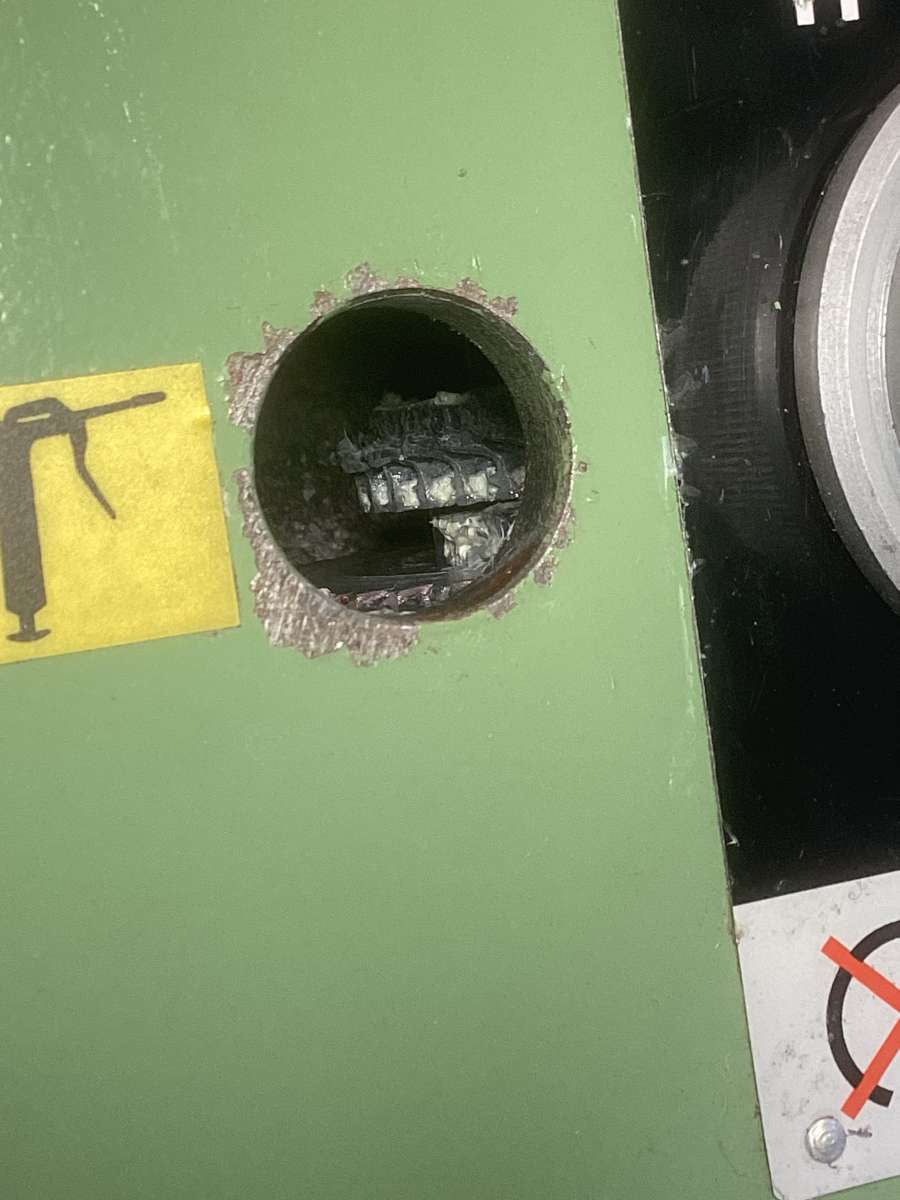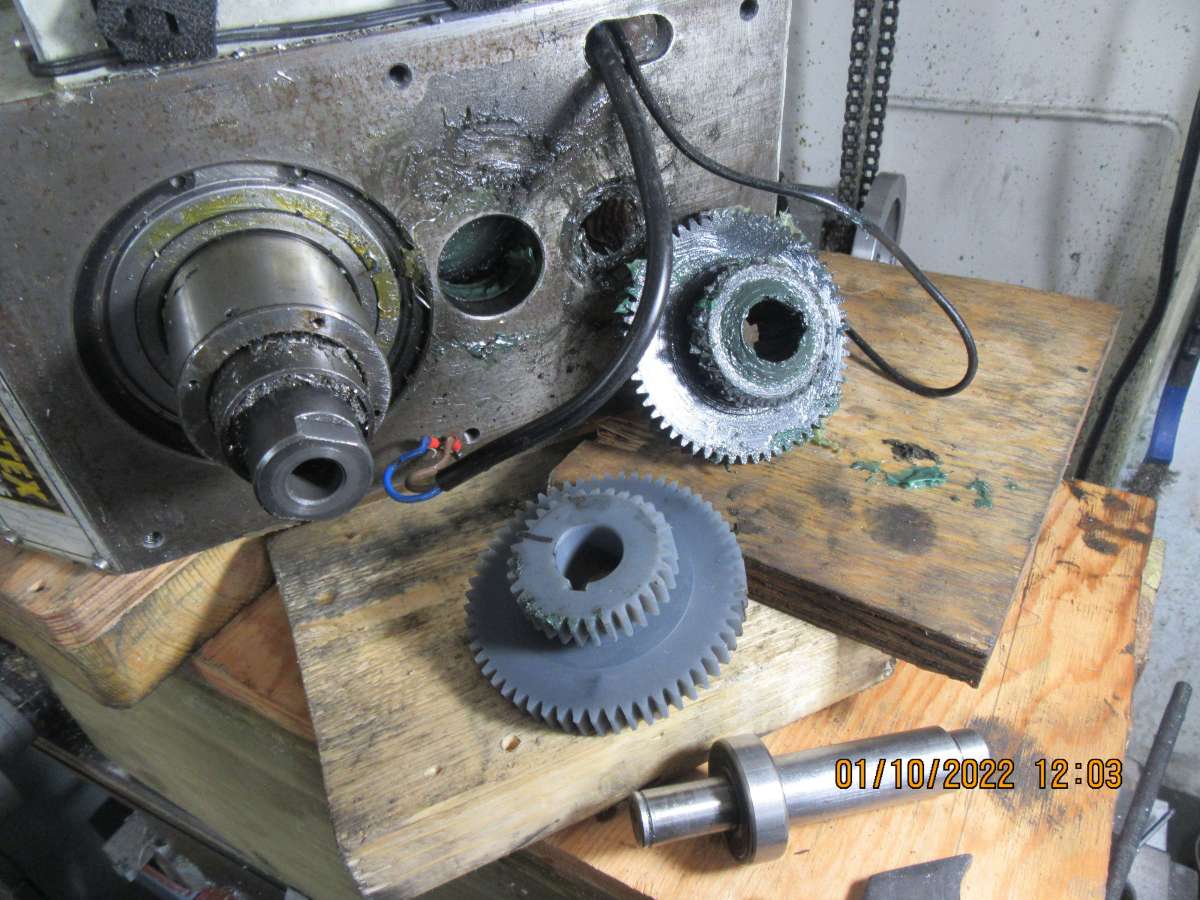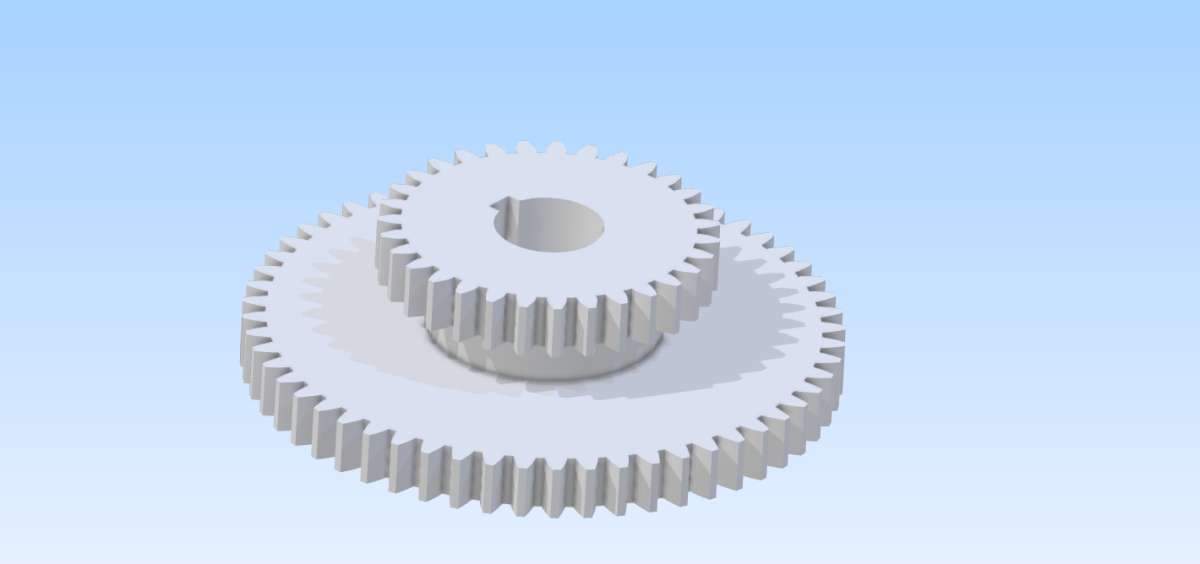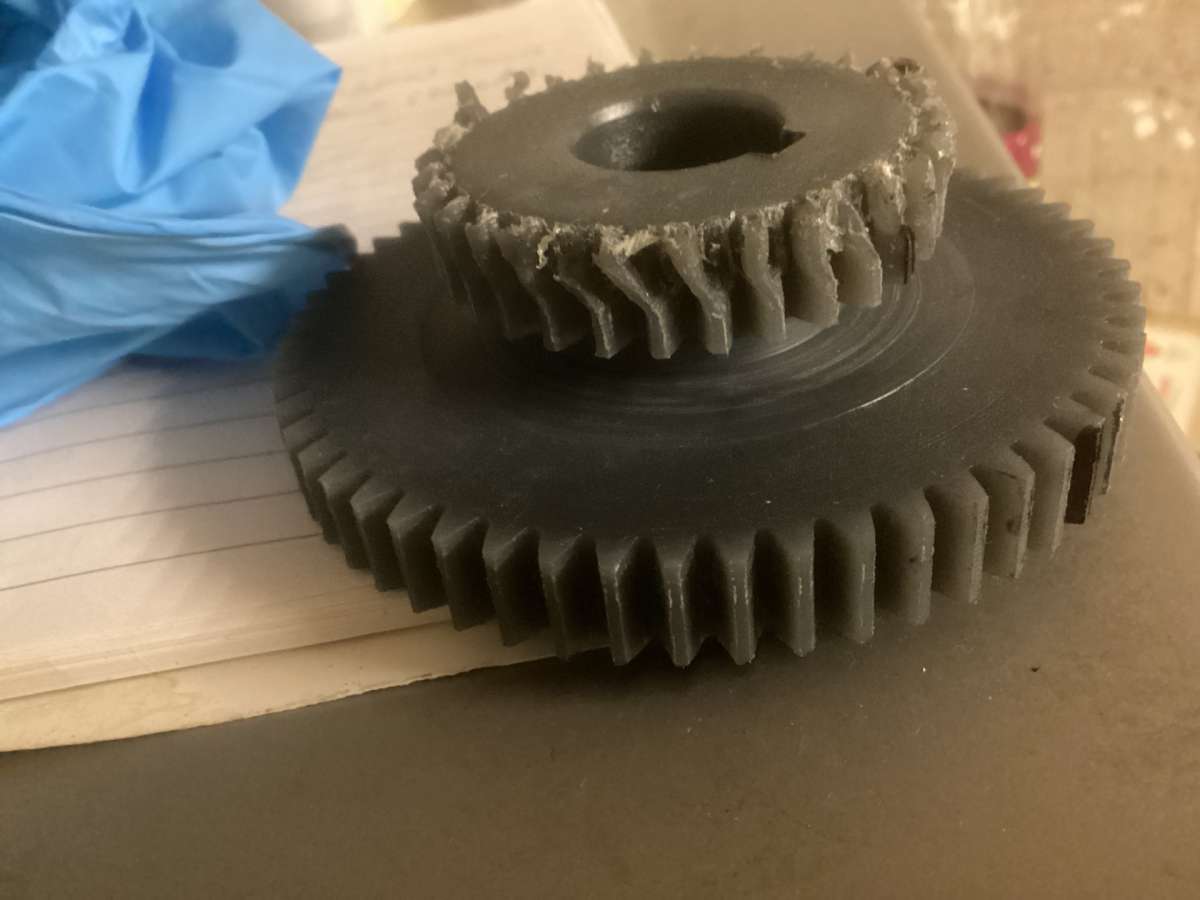Thanks very much indeed for everyone’s replies.
Peter G., your links have got me started nicely. I just need a chunk of time (and a new gear) to attempt the job now. Given my domestic circumstances, workshop time isn’t something I get much of, unfortunately.
Pete R., that’s very generous of you, and I’ll certainly pay you for your time and materials if you do it. However, as Jason says, it’s a combi gear (high and low together), so it may be a bit of a headache to make on manual machinery. I’m afraid I’ve never cut even a single gear in my life myself so wouldn’t know where to start.
Another idea is 3D printing (in some sort of plastic of course). This would preserve the plastic gear’s overload protection function. I would, however, have to buy a new plastic gear from Warco first, presumably, in order to provide a perfect model for the scanner to read. Maybe I’m wrong there and you can input dimensions into a 3d printer manually as well as by scanning, though I would imagine this involves more work at the very least. Just for the record, a replacement plastic gear from Warco will cost me just shy of £60 with delivery. I would also have to buy a 3D printer as well if I then wanted to print a spare!
Jason, you’re quite right about the partial meshing of the teeth in the photo, which of course shows someone else’s gear, not mine. I’ll try to take a photo of mine later, but essentially on mine only the upper half of the teeth are pushed over, so either there was incomplete meshing to begin with (in spite of the detentes on the gear selector knob never having given me any trouble) or the initial stages of the overload caused what were fully meshed gears to jump apart just at the point where full engagement was most needed.
From Internet searches, it’s apparent that stripping out the low gear is a common occurrence on the WM18 type of mill (also sold by Grizzly and Amadeal I think, among others). One Youtuber says he has had three failures of the same gear since he bought the mill.
I had already successfully broached 1/2″ thick aluminium on the mill using the same Rotabroach 22mm cutter without any issues. When it came to my first attempt broaching some mild steel (10mm thick hot rolled in this case) I knew there would be more strain on the mill than when cutting aluminium, but the cutter was sharp as a razor (having only ever cut through two 1/2″ thick pieces of aluminum in its life), was run at 180 rpm, was copiously lubed, and I was certainly not pulling down hard on the quill because I’m physically incapable of doing so with the right arm I’ve got.
At the moment of failure there was no drama, just a scarcely audible click and then no rotation of the cutter. I wasn’t actually aware that the gear was plastic until this point. On the one hand I’m grateful it was only plastic, for reasons others have pointed out; on the other, it looks like it’s going to be a bit of a physical challenge to get things apart and the new gear in.
It’s at this point that I regret not waiting another year before buying a mill, because a year after I bought my WM18 Warco brought out a belt drive version.
Edited to add photo of my gear:

Bill Phinn.









